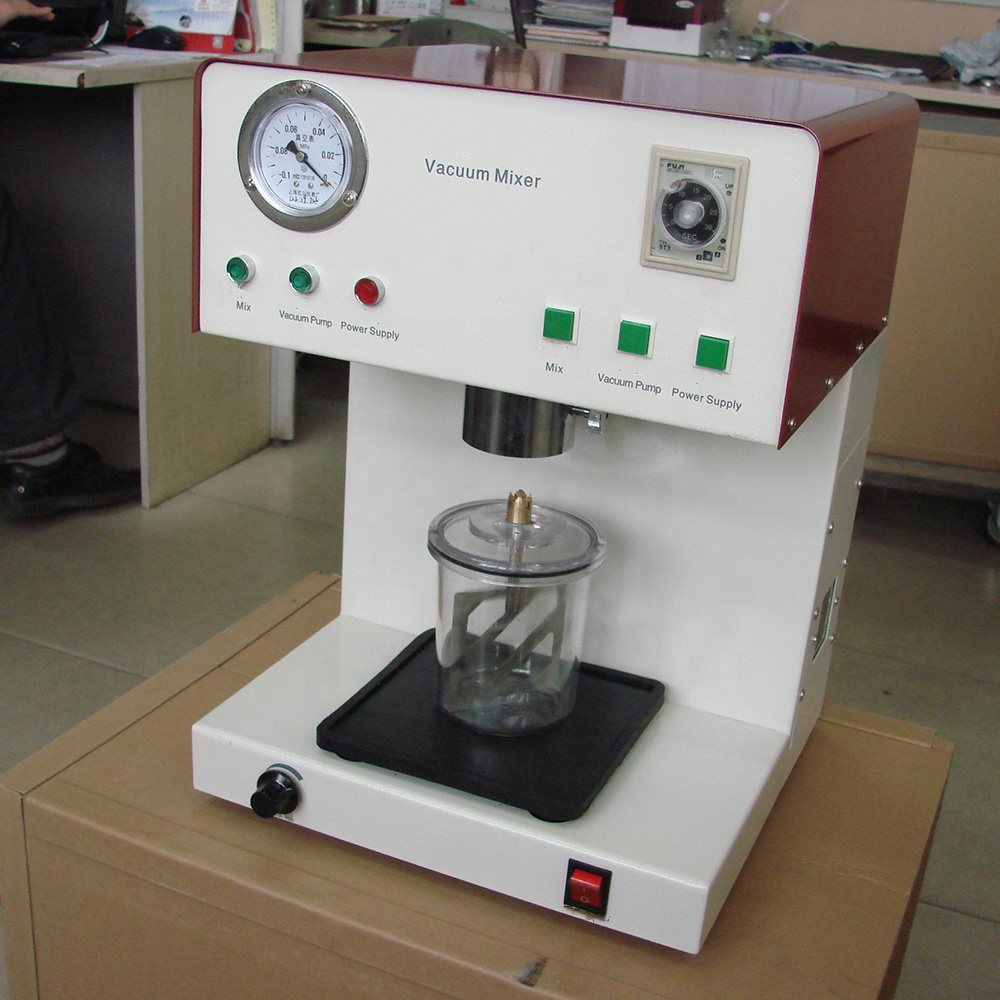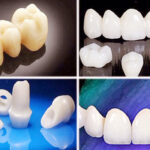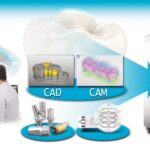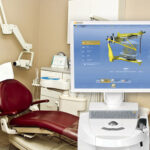- Your cart is empty
- Continue Shopping
Some key facts about a dental vacuum mixer

The dental laboratory is a word that almost everyone is familiar with. However, how many have heard of a dental vacuum mixer? This device is vital for various processes in a Dental laboratory. A case in point is mouthguards. Their manufacturing requires filling a mold with a mixture and leaving it to get hard. A dental laboratory needs an electric mixer to create the mixture and fill the mouthguard mold with it. A vacuum mixer has quite a few benefits in dental laboratories. It will be appropriate to say that the benefits do not just make things convenient but much more than that.
What is the use of a dental vacuum mixer?
A dental vacuum mixer machine is meant for mixing investments, plasters, and silicones sans bubbles. These materials form foundations for finished restoration. Thus, uniform mixing with no bubbles is vital.
How does the machine create uniform compounds that do not have bubbles? It deploys vacuum technology.
What are some excellent features of vacuum mixers?
A vacuum mixing machine dental can have a few features that will be convenient for dental laboratories. They include:
- Changeable vibration amplitude
- Hands-free mixing
- Vacuum-sensing device
- Electronic timing
Several dental vacuum mixers are available with all the above features, and some have a feature or two.
It is also possible to place a dental lab vacuum mixer on a wall or bench.
Changeable vibration amplitude and Hands-free mixing are great options for a mixer that several technicians will use simultaneously. They will guarantee the resulting compounds are uniform.
Dental laboratories face with their vacuum mixer. It is that the mixer doesn’t pull the right amount of vacuum. The reason is clogging. It’s an issue with mixers with a hose that attaches to the bowl, and more recent mixers sans a hose.
The good thing is that the laboratory staff can fix clogging in both mixer models.
Fixing clogging in a vacuum mixer with a hose
The laboratory staff should start the machine without attaching the hose to the bowl and check the vacuum gauge. If the reading is 5 or 6 Hz, there is a possibility of some obstruction in the machine due to investment entering the hose. What should the staff do to fix the problem? An option is replacing the gauze present at the hose’s end. What if this does not fix the problem option? It is to clean the metal trap cap that fits the hose to the bowl.
A good number of modern mixer machines come with a bowl connected. These machines are sans a hose but can still clog.
Fixing clogging in a vacuum mixer sans a hose
A contemporary mixer with an integrated bowl has a vacuum inlet. This inlet is where the bowl joins the machine. A filter is present in the throat of the machine. The material being mixed can cover the filter. Many of these mixers have a manual with guidelines to check the vacuum inlet and clean it.
A wine glass with bubbles looks wonderful. However, this isn’t the case with a study cast. A dental vacuum mixer ensures that no air enters the study cast.





